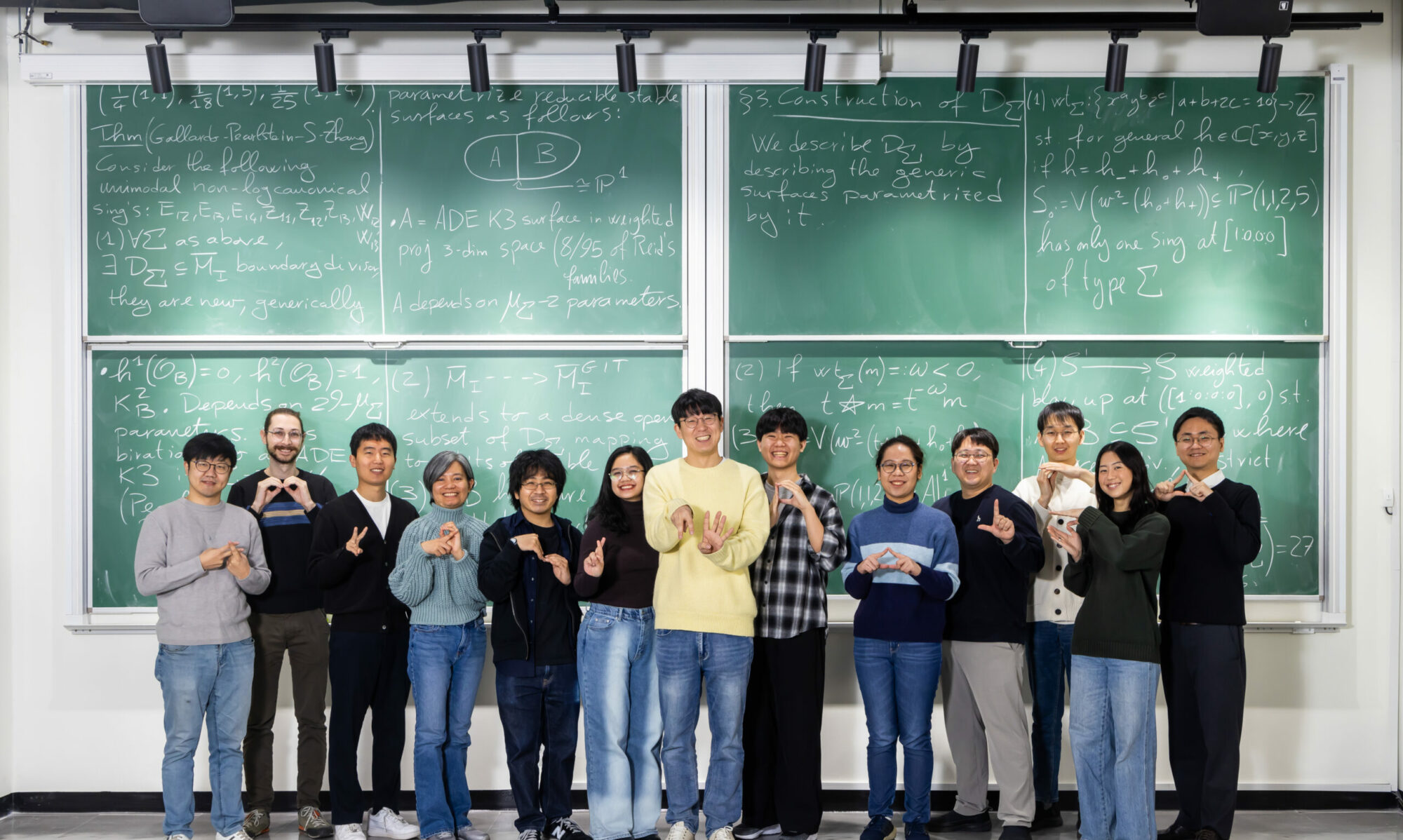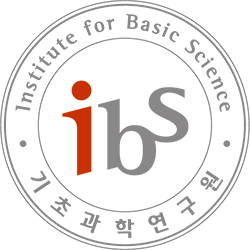Chemical Organisation Theory
B378 Seminar room, IBS 55 Expo-ro Yuseong-gu, Daejeon, Korea, Republic ofWe will discuss about "Chemical Organisation Theory ", Dittrich, Peter, and Pietro Speroni Di Fenizio, Bulletin of mathematical biology 69.4 (2007): 1199-1231. Abstract: Complex dynamical reaction networks consisting of many components that interact and produce each other are difficult to understand, especially, when new component types may appear and present component types may vanish completely. …

